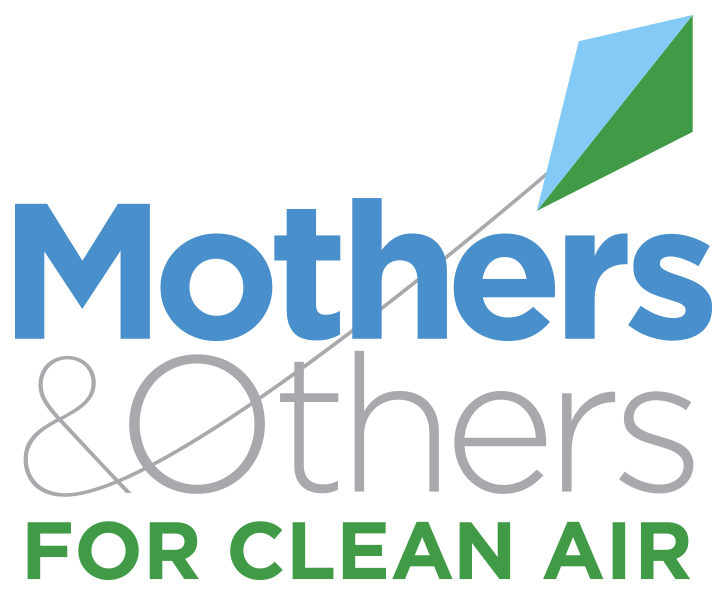In this paper, we investigate the relationships between dwelling conditions and pediatric asthma prevalence, merging multiple data sources to unpack disproportionate pediatric asthma prevalence in Memphis, TN, USA. Using 32 097 pediatric asthma encounter data from a children's hospital, we map the patient distributions in Memphis. Connecting these data with 244 000 property quality data and census data, we show that pediatric asthma is disproportionately prevalent in the bad quality neighborhoods, even after controlling for ethnicity and poverty level. Furthermore, we show that the neighborhood inequality has a more negative effect than the overall neighborhood degeneration. Our novel data integration provides a unique opportunity to directly test the relationship between residential qualities and asthma prevalences at the macro-level, and to the best of our knowledge, this study is the first study that investigates the association between the detailed property quality and pediatric asthma with a relatively large sample size. Moreover, directly connecting health outcomes with the detailed housing quality data enables us to unpack how the inequality in living conditions yields disproportionate public health outcome distributions. To further improve public health decision making, the health issue should be approached with a more holistic view with taking into account environmental, residential, and social conditions. Integrating multiple data sources helps us not only discover the hidden links between quality of housing and childhood asthma in an urban community but also provide more efficient health surveillance guidelines to identify the population at risk. We show that neighborhood blight and inequality are closely associated with childhood asthma and other consecutive health problems, and therefore, any effective health intervention should also consider consolidation of housing policies and procedures. In addition, the detailed neighborhood level data helps us to reveal the pathways of social inequalities to health disparities and improve the public health through a properly designed surveillance system.
Published Aug 20, 2018
Shin, E. K., & Shaban-Nejad, A. (2018). Urban Decay and Pediatric Asthma Prevalence in Memphis, Tennessee: Urban Data Integration for Efficient Population Health Surveillance. IEEE Access, 6, 46281–46289. https://doi.org/10.1109/ACCESS.2018.2866069
